2017 Lee Kong Chian Distinguished Professors

We were honoured to have six Nobel Laureates speaking in this special conference on 90 Years of Quantum Mechanics. They were appointed as Lee Kong Chian Distinguished Professors. The conference celebrated the magnificent journey of quantum physics that has developed in leaps and bounds since 90 years ago.
- Professor Chen Ning Yang | Nobel Laureate in Physics 1957
- Professor Rudolph Marcus | Nobel Laureate in Chemistry 1992
- Professor Gerard ’t Hooft | Nobel Laureate in Physics 1999
- Professor Anthony Leggett | Nobel Laureate in Physics 2003
- Professor David Gross | Nobel Laureate in Physics 2004
- Professor Arieh Warshel | Nobel Laureate in Chemistry 2013



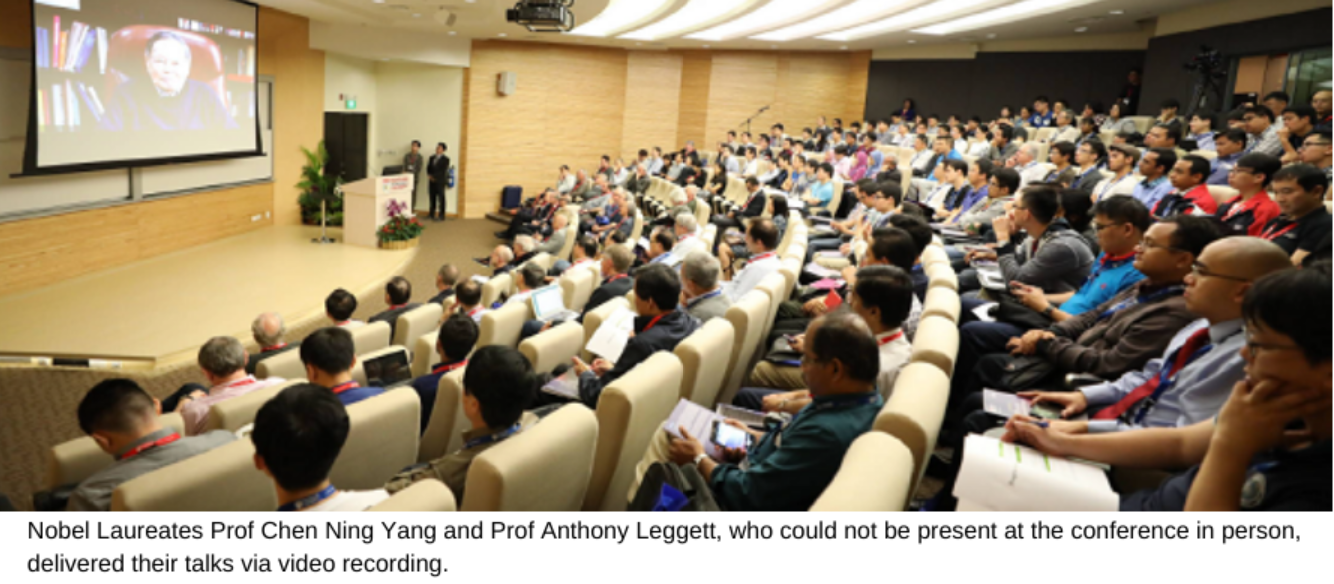

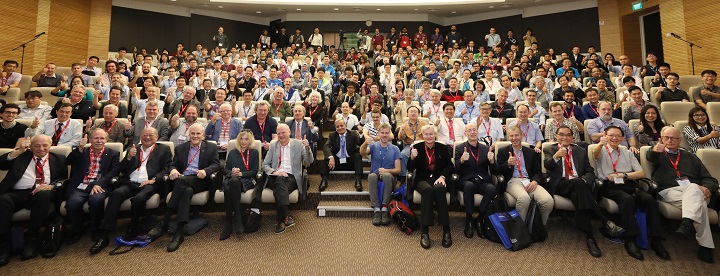


We were honoured to have two Nobel Laureates in Physics 2016, Professors John Michael Kosterlitz and Duncan Haldane who attended this workshop. They were appointed as Lee Kong Chian Distinguished Professors in relation to the event. This workshop brought together researchers working on various aspects of topological phase transitions. In the past three decades, the discovery of topological phases has not only engendered great interest among researchers in condensed matter physics but it has also attracted the interest of researchers working on quantum information, quantum materials and simulations, high energy physics and string theory.
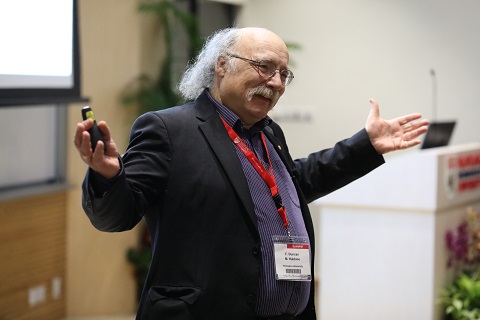

Professor Duncan Haldane is the Eugene Higgins Professor of Physics at the physics department of Princeton University. He won the 2016 Nobel Prize in Physics with David Thouless and John Michael Kosterlitz.

Professor John Michael Kosterlitz is professor of physics at Brown University. He was awarded the 2016 Nobel Prize in Physics along with David Thouless and Duncan Haldane for their work on condensed matter physics.
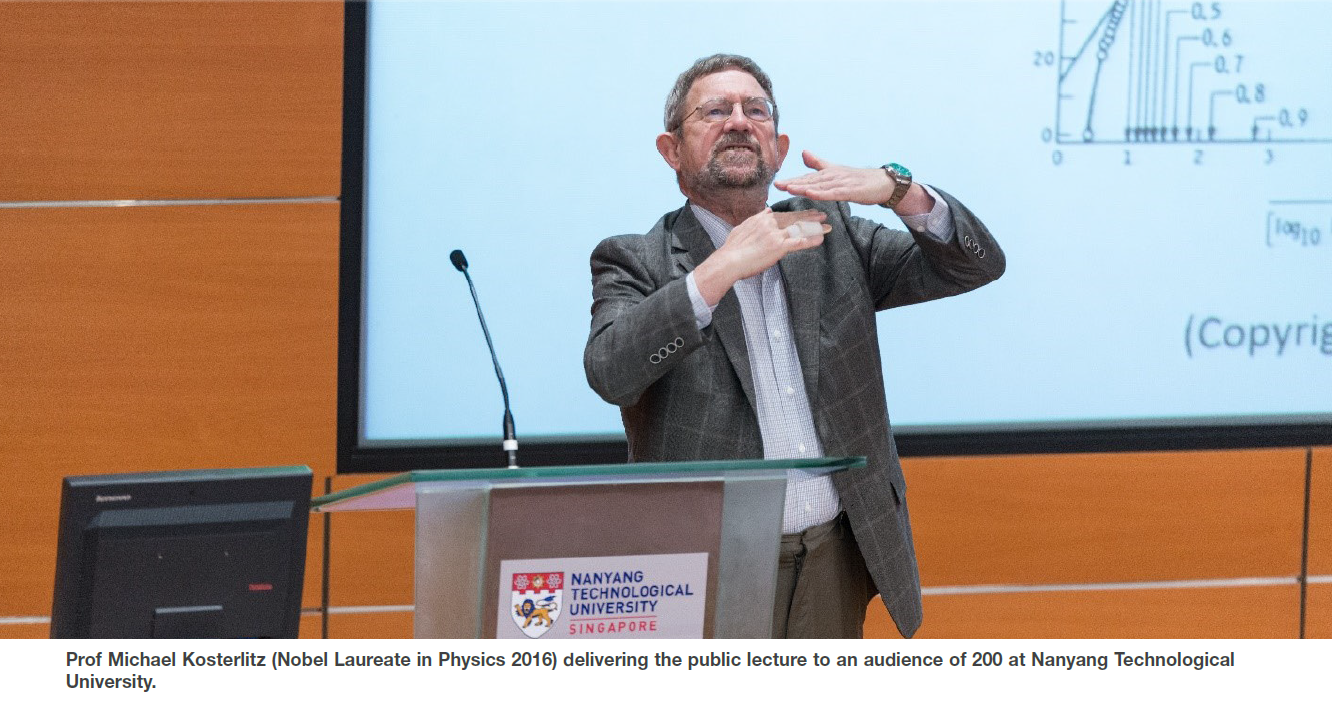

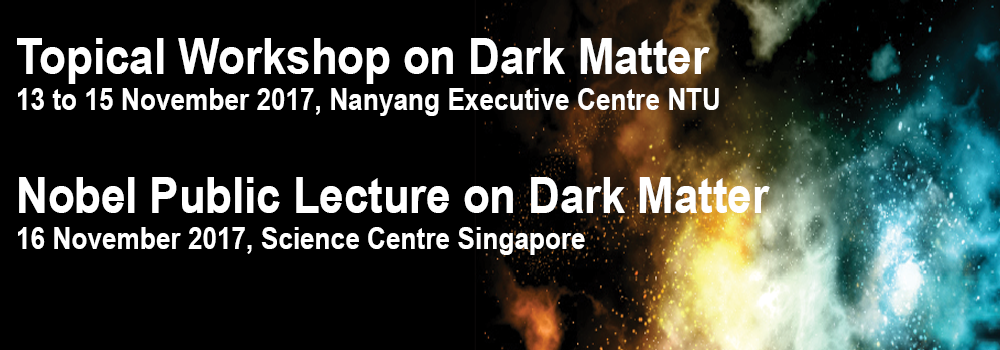
The Dark Matter Workshop featured latest research in this field and introduced various candidates for dark matter. The axion is one such candidate proposed by Nobel Laureate Frank Wilczek, who was at the workshop in person for discussion and was appointed as Lee Kong Chian Distinguished Professor. He also delivered a Nobel Public lecture on Dark Matter at the Science Centre Singapore. He has received many prizes for his work, including the 2004 Nobel Prize in Physics along with David Gross and David Politzer, for their discovery of asymptotic freedom in the theory of the strong interaction.



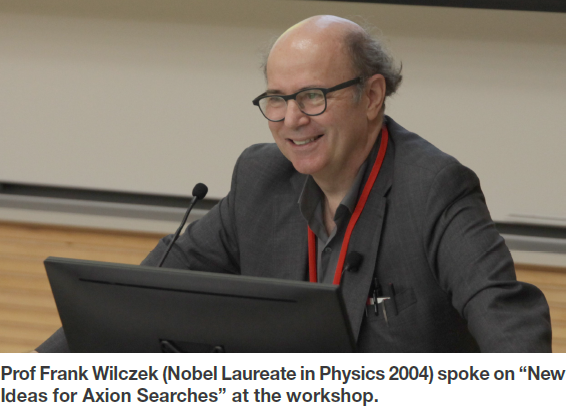



The Nobel panel speakers Nobel Laureates Professor Harald zur Hausen and Professor Ada Yonath were appointed as Lee Kong Chian Distinguished Professors in relation to the event.
Professor Harald zur Hausen was awarded the 2008 Nobel Prize in Physiology or Medicine for his seminal work on the role of HPV in cervical cancer. He was also awarded the Robert Koch Prize in 1975 for excellence in biomedical sciences, as well as the 2004 German Special Order of Merit with Star.
Professor Ada Yonath is an Israeli crystallographer best known for her pioneering work on the structure of the ribosome. She received the 2009 Nobel Prize in Chemistry along with Venkatraman Ramakrishnan and Thomas A. Steitz for the studies on the structure and function of the ribosome.
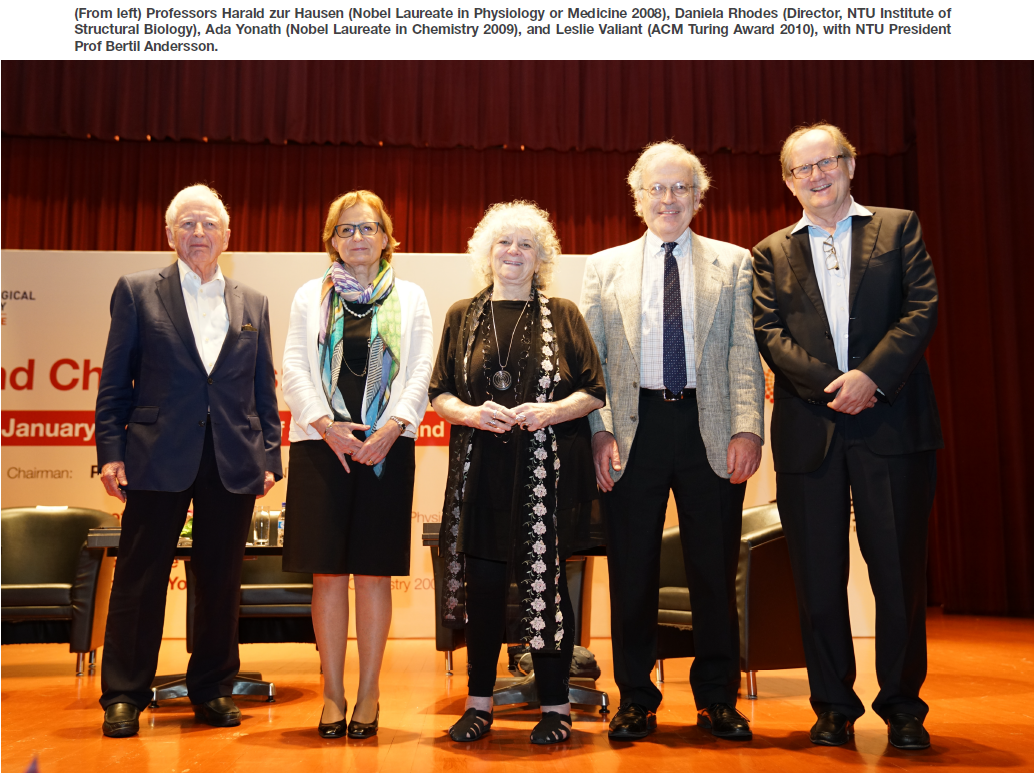


Among our conference speakers were two Nobel Laureates, Professors George Smoot and Carlo Rubbia who were appointed as Lee Kong Chian Distinguished Professors in relation to the event. The conference experts presented their results from the detectors and the theoreticians discussed the implications of the discovery of gravitational waves, which were predicted in 1916 by Albert Einstein in his theory of General Relativity.

Professor Carlo Rubbia is an Italian particle physicist and inventor who shared the 1984 Nobel Prize in Physics with Prof Simon van der Meer for work leading to the discovery of the W and Z particles at CERN. Asteroid 8398 Rubbia is named in his honour.
Professor George Smoot is an American astrophysicist andcosmologist, who won the Nobel Prize in Physics in 2006 for his work on the Cosmic Background Explorer with John C. Mather that led to the discovery of the black body form and anisotropy of the cosmic microwave background radiation.


